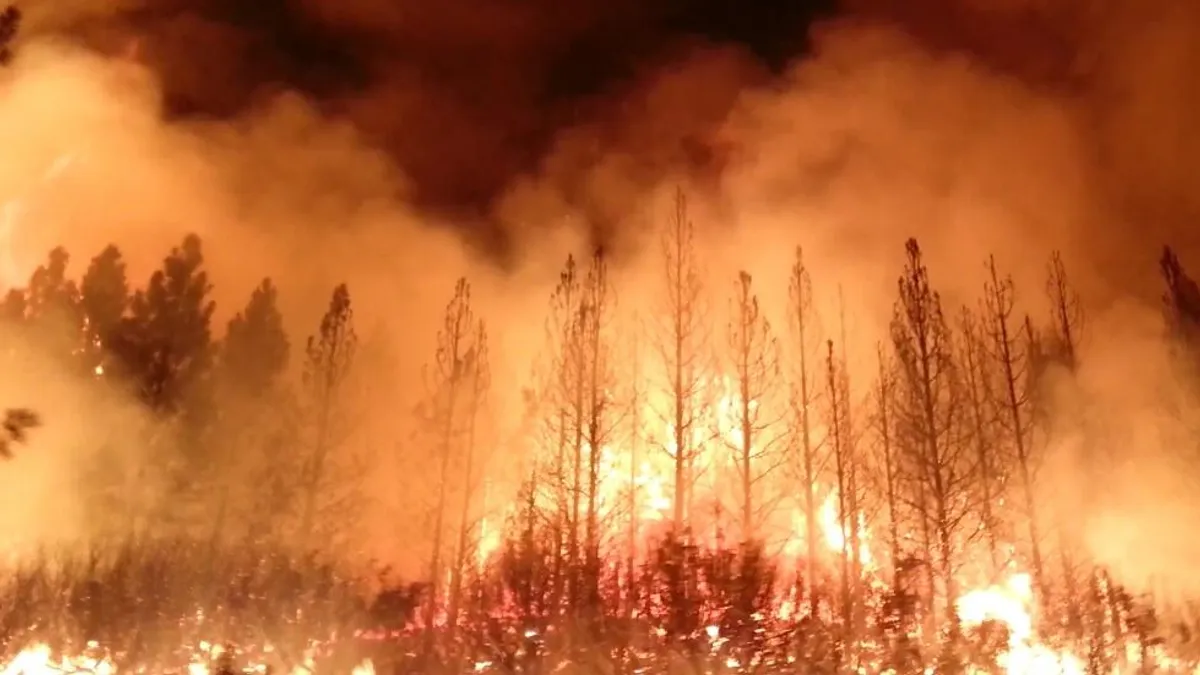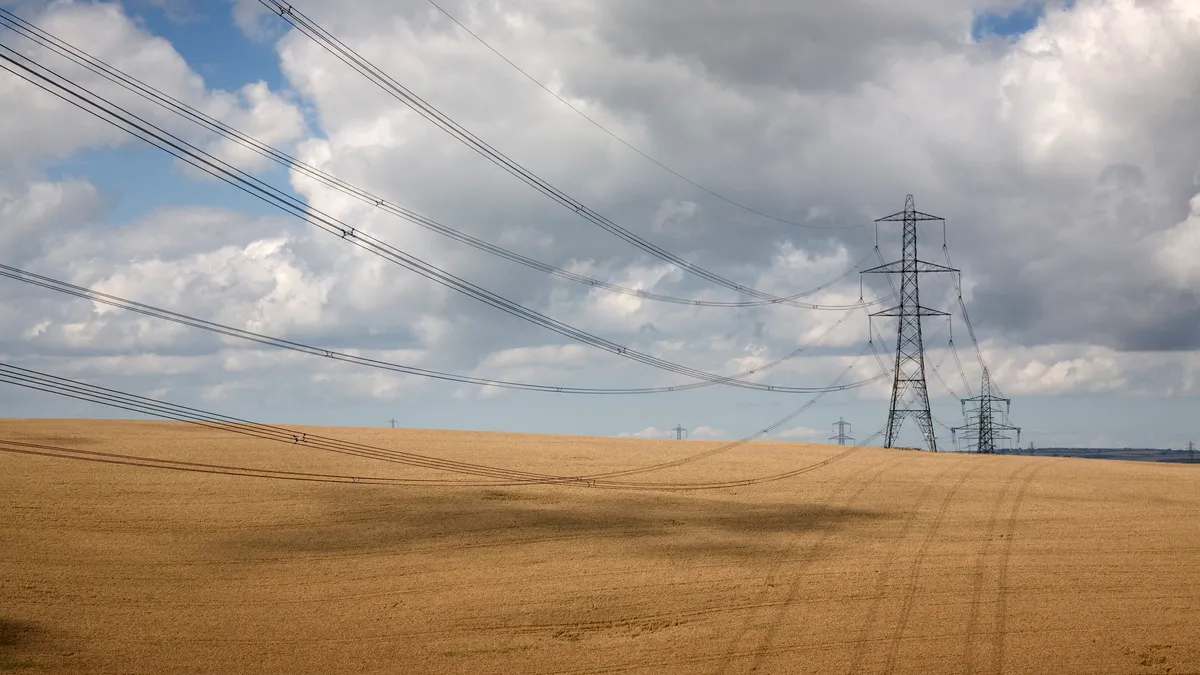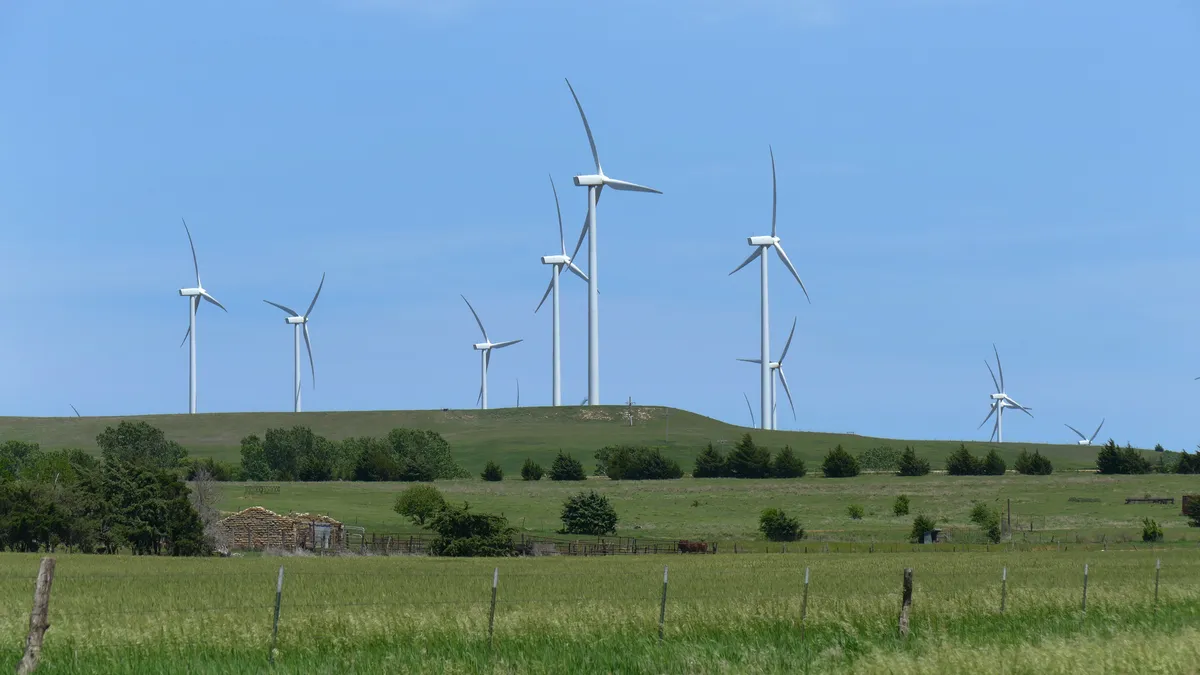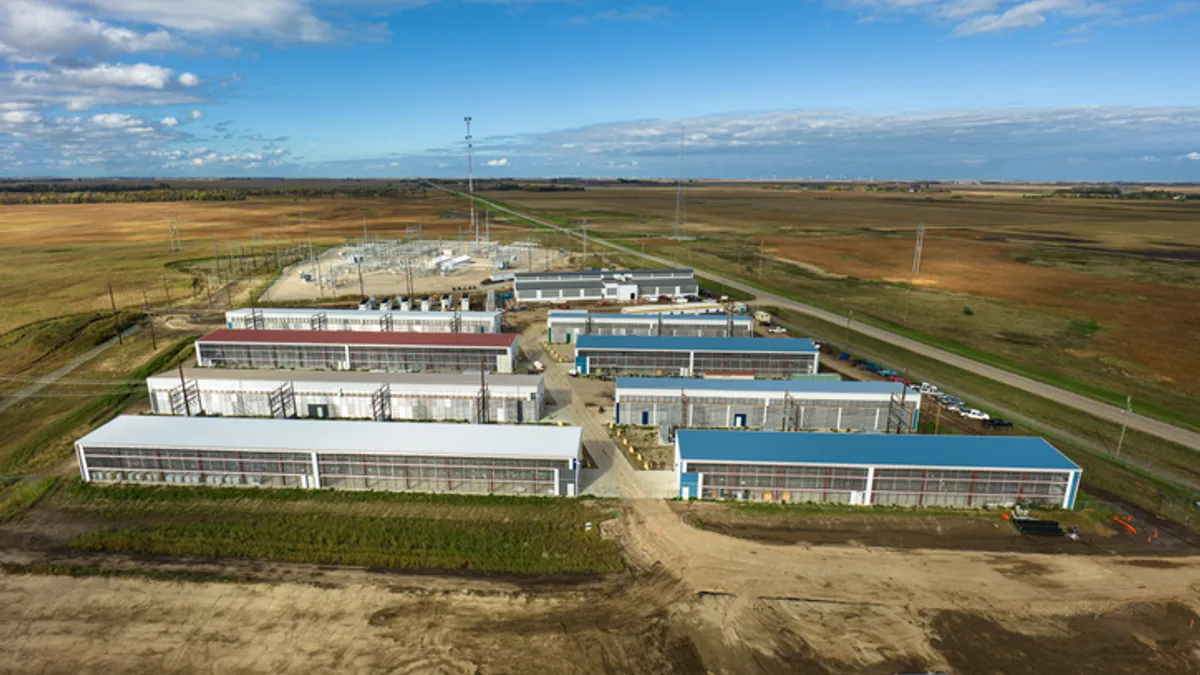All customers caught in a massive blackout Pacific Gas & Electric triggered last week to mitigate wildfire risks have been reconnected, the utility announced Saturday. But questions remain following the the largest-ever Public Safety Power Shutoff (PSPS), which critics say is a blunt tool that has the greatest impact on vulnerable populations.
Roughly 738,000 customers in 34 counties were impacted by the recent PSPS, which was prompted by a "widespread, severe wind event," according to PG&E. The utility will submit a report detailing the shutoff and recovery to state regulators within 10 days.
The PSPS program was approved by the California Public Utilities Commission as part of wildfire mitigation plans proposed by the state's investor-owned utilities. While all utilities face wildfire risk, bankrupt PG&E's massive and far-flung service territory makes it particularly vulnerable. But critics, including California Gov. Gavin Newsom, D, have blamed the utility's "mismanagement" for the shutoff program.
The PSPS affected a record number of customers affected by a proactive shutoff in the U.S., according to Californians for Green Nuclear Power (CGNP), and those shutoffs "disproportionately harm the poor and disabled" and should therefore be a last resort option, the group said in a statement.
Massive shutoffs have the potential to impact critical facilities and medical patients. There were more than 30,000 "Medical Baseline Customers" whose health is dependent on electricity access in the counties subject to the PSPS, according to CGNP.
A man requiring oxygen died in his home shortly after the PSPS began, but an autopsy concluded the death was unrelated, according to The Sacramento Bee.
A distributed future?
PG&E is taking steps to harden its system but power shutoffs will likely continue for the near future, according to the utility.
"There are a number of problems PG&E needs to address. But the answer is distributed generation."

Martin DeBono
President, GAF Energy
The utility is an advocate for renewables and storage but "in most instances, that is not going to make a dramatic impact. ... it's possible those advancements could reduce the need for some PSPS in the future, but a lot of that is speculation," spokesperson Jeff Smith told Utility Dive.
Other observers say DER should be the utility's priority. Not every customer who lost power was in an area under wildfire threat. Critics of the utility say a variety of steps — including the addition of distributed resources — could allow the utility to use PSPS more rarely.
"There are a number of problems PG&E needs to address. But the answer is distributed generation," Martin DeBono, president of GAF Energy, told Utility Dive. Though he concedes the utility is correct — it will take years to implement.
"If PG&E, and more importantly the California Public Utilities Commission, really put the stress on evolving distributed generation assets, you could see a much more robust infrastructure in five to 10 years."
Pinpointing PSPS
The utility is installing fire resistant poles, undergrounding power lines "where it makes sense," and aggressively tackling vegetation management, spokesperson Jeff Smith told Utility Dive. But for now, the PSPS program will be a fact of life for electric customers.
"Changing conditions in California will require it," Smith said.
DeBono points to San Diego Gas & Electric's (SDG&E) system, which "is much more of a network, connected by multiple nodes." SDG&E was also recently forced to declare a power shutoff, but for a much smaller customer base.
"PG&E's system is more radial," said DeBono. "Even if you had a smart grid and could pinpoint [wildfire] risk with greater accuracy, more customers would be affected. ... To a certain extent, PG&E's own architecture puts it at a disadvantage."
PG&E disputes that characterization. "We are able to get pretty granular," Smith said. The size of a PSPS "depends on where the weather is passing through. It's important to understand the grid is interconnected ... customers some distance away could also be affected."
PG&E has also installed hundreds of weather stations designed to help it forecast high risk conditions. The utility says the stations "provide hyper-local information and increase situational awareness." PG&E expects to have 600 in place by the end of 2019 and 1,300 by 2022.
Improved forecasting could definitely have an impact on the PSPS program, said DeBono. "They need to do a much better job of forecasting winds," he said. "That would allow them to pinpoint [wildfire risk areas] with a much greater degree of accuracy, to pinpoint shutdowns."
Smith says the utility is working to fine-tune the PSPS program. "We continually evaluate the program," he said. "We will do an evaluation of things that could be done different, and what types of technology in the future could be implemented."























